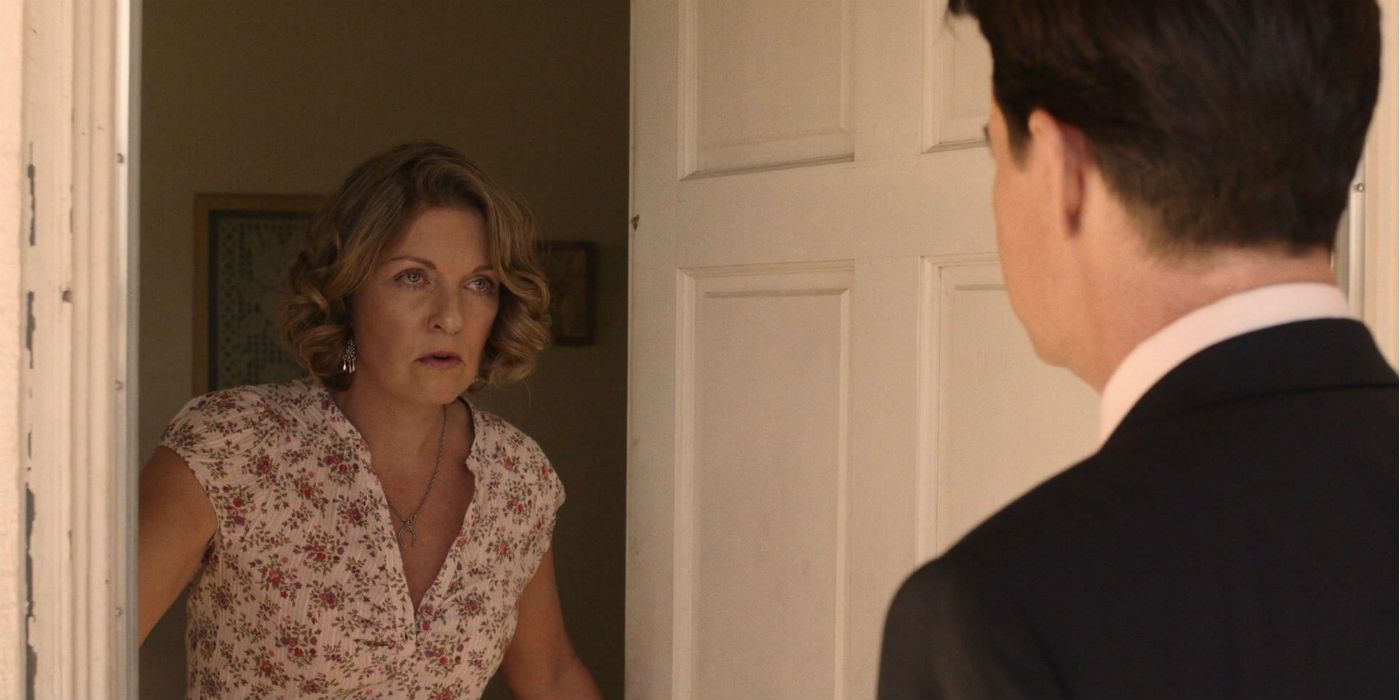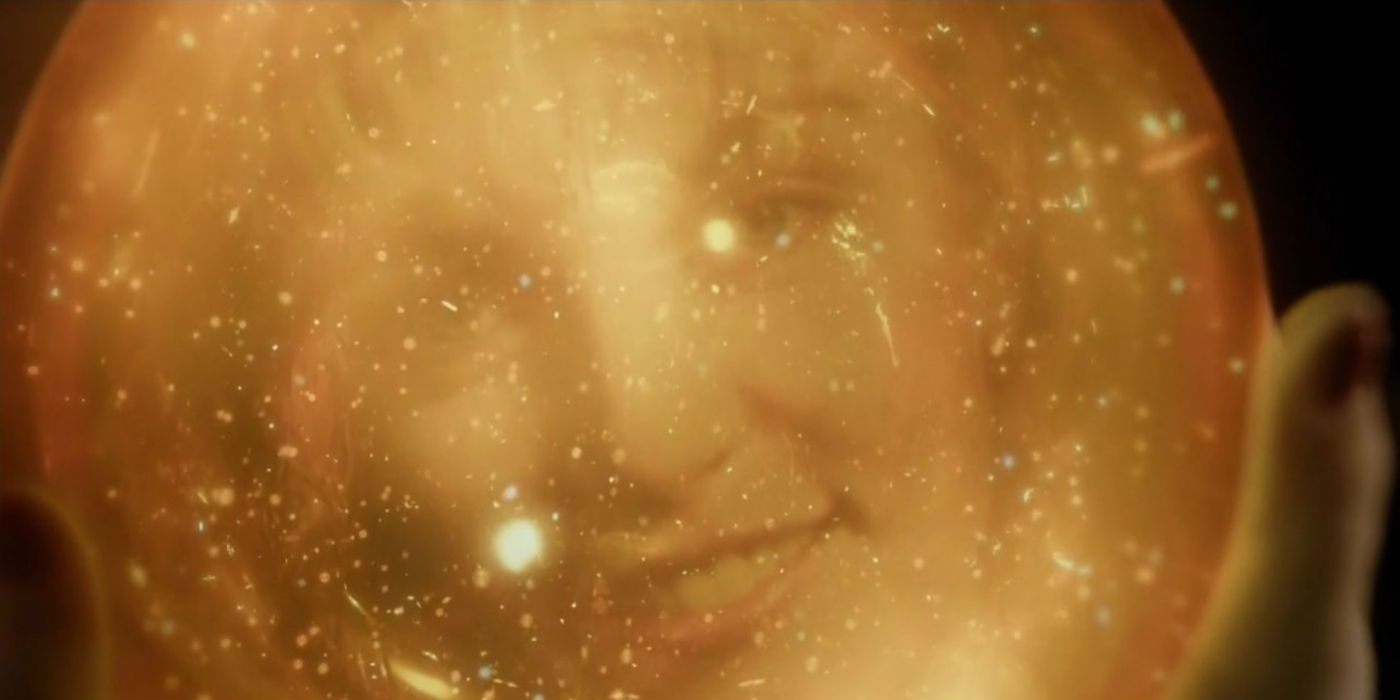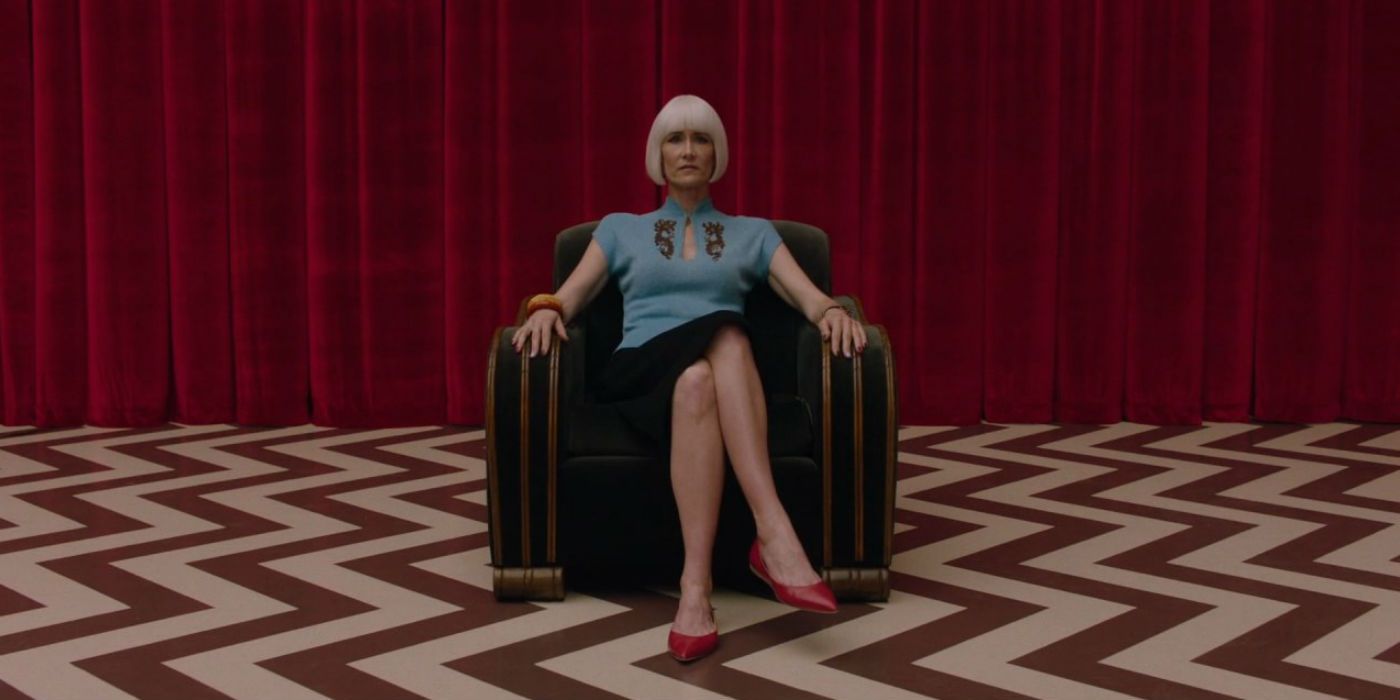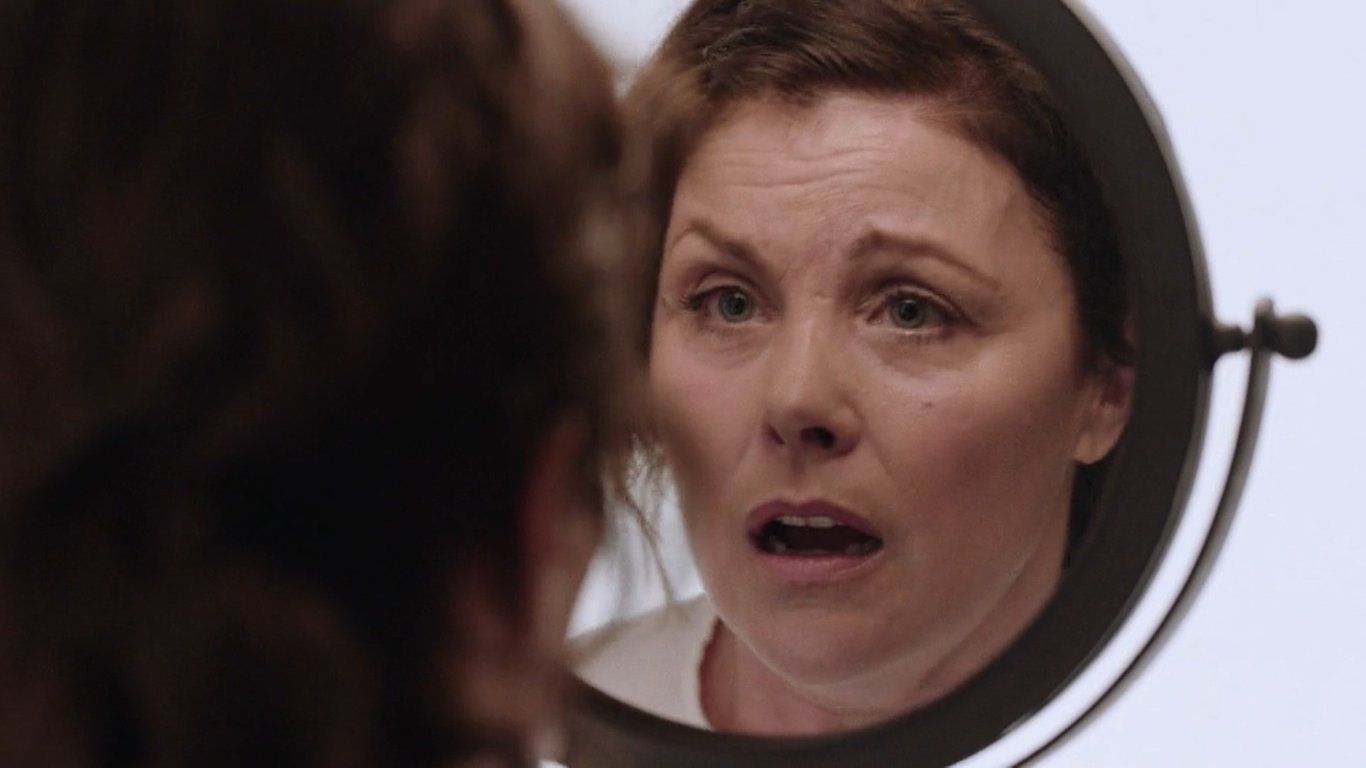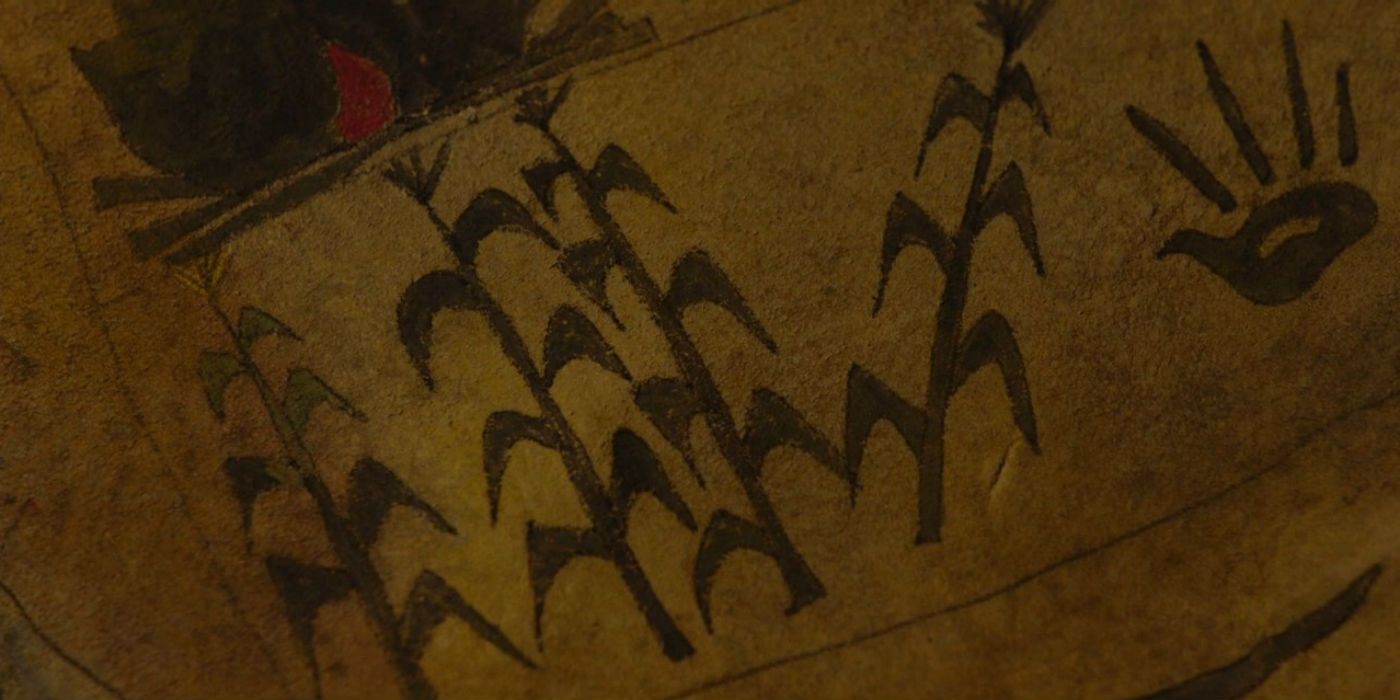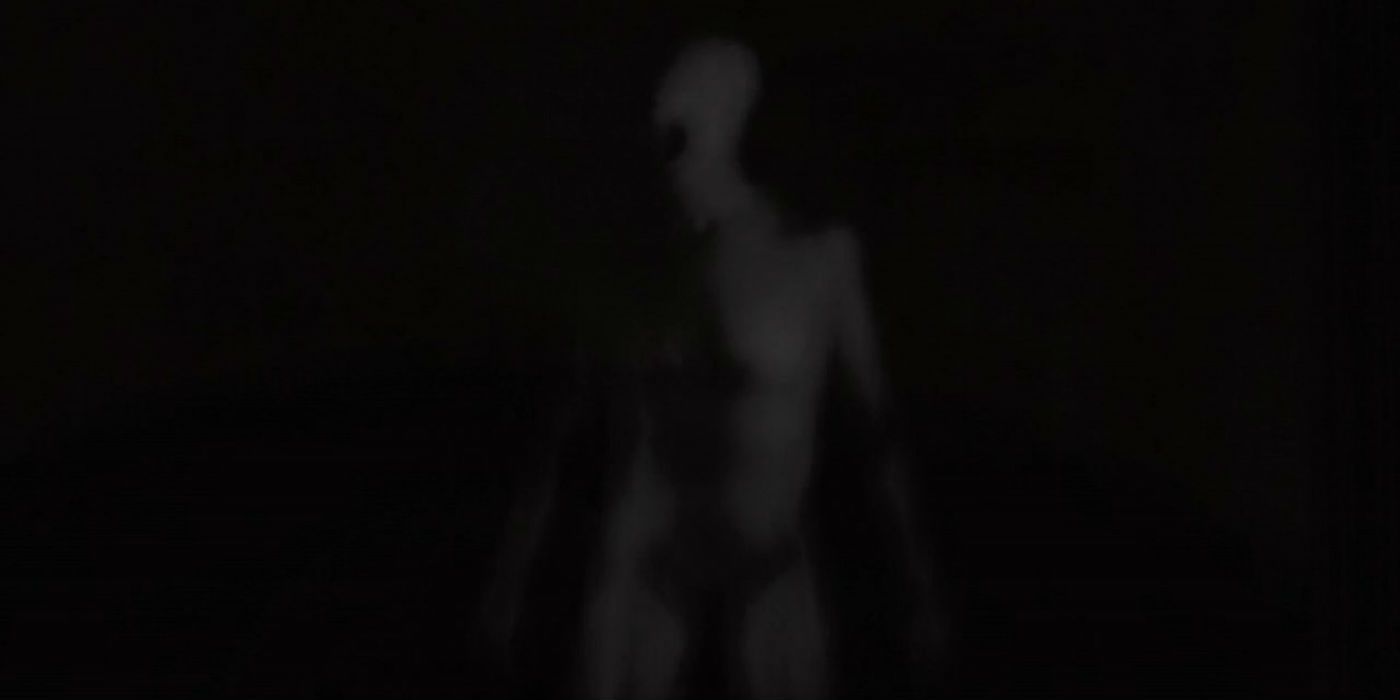Twin Peaks is a genre-bending and genre-defying series made an unlikely return (roughly) coinciding with its œ25 years later flash-forward. Like most of David Lynch's work, The Return was challenging. It relied heavily on Fire Walk with Me, the series' infamous prequel movie and The Missing Pieces -- the feature-length deleted scenes from the film that only made it to our screens a few years ago. Then, of course, there are the Lynchian blushes of unadulterated imagination: giant talking teapots, disappearing black boxes, and an arm that became a person and eventually evolved into an electrical circulatory system. With Twin Peaks (possibly) taking its final bow, we thought now we be the time to attempt an explanation of what happened.
One of the oddest topics in The Return was it use of numbers. The Giant told Dale Cooper to remember the number 430. That turned out to be a reference point for Cooper to drive 430 miles into Texas. At that exact spot was a gateway that he would use to attempt to find Judy. 253 was repeatedly mentioned. It represented the window in which he could leave the Black Lodge: at 2:53 PM, no later. 253 was also the yards east Bobby Briggs and the Twin Peaks sheriff's department had to travel from Jack Rabbit's Palace to find Naido. 6 is the number on several electric poles, most importantly the one outside of Carrie Page's house. Another electrical pole was marked 324810. It was repeated throughout the franchise. Agent Chester Desmond, Carl and Andy have all glared or otherwise passed the pole around the town. There's the electrical outlet in the Purple Room that had the numbers 15 and 3 on it. 315 was Cooper's room at the Great Northern, and the 15 episode of The Return (which is technically the third season of Twin Peaks) is where Cooper finally becomes Cooper again.
Related: Twin Peaks: Where Was Audrey (Really) in Season 3?
The drug addict mother in Rancho Rosa repeatedly screamed œ1-1-9! in her doped-up stupor. It's an obvious inversion of 911, the emergency call line for help. Across the street, Dale Cooper had just returned but was unable to speak and carried on for quite some time as Dougie Jones, himself something an inversion of the Cooper we knew: Dougie was corrupt, immoral and a cheat. He was working with Anthony Sinclair and at the behest of Duncan Todd to defraud the Lucky 7 insurance company, which would damage the stranglehold the Mitchum brothers had on Las Vegas. Duncan Todd, in turn, was working for Mr. C, who had Todd killed for knowing too much (and for being unable to kill Dougie Jones). But we're getting ahead of ourselves.
Linearly, the first thing we see was the Trinity nuclear test on July 16, 1945. The energy released either gave access to or created several ethereal and malignant beings: the Woodsman (parasitic entities that feed on suffering) and The Mother (who is sometimes called The Experiment). She vomits up a foamic mass of eggs -- one of which contains the face of Killer BOB. The egg gestated for 11 years, hatching into a frog-locust. The Woodsmen use a radio broadcast to hypnotize listeners in the area so that this proto-insect version of BOB could find a target to inhabit while in a prone state.
In the White Lodge, the Giant (now known as the Fireman) and Señorita Dido are alerted to the crushing evil of BOB's existence. In response, they create a golden orb; inside that orb is the image of Laura Palmer.
For 25 years, Cooper's doppelganger (dubbed Mr. C by Kyle MacLachlan and the moonshine gulping Otis) was out in the real world with BOB riding shotgun in a kind of symbiotic-possession deal. The malignant creatures of the Black Lodge can be considered enlivened metaphors that reflect our worst selves. They strike out at us in familiar ways and using familiar bodies and faces: BOB possesses people, the doppelgangers reflect our worst selves. Both come to us in the faces of friends or loved ones and we're betrayed. The Woodsmen hang around the outskirts of tragedy; when something criminal and ugly has happened to the innocent, they feed on the suffering, like a silent Greek chorus or a vulture circling overhead. However, Mr. C's lease on the real world was coming up. At the 25 year mark, they would switch; Mr. C would return to the Black Lodge forever, while Cooper returned to the real world forever. To keep this from happening, Mr. C created tulpas -- thought-form entities manufactured used small golden pearls known as œseeds.
The first was Diane, Cooper's former secretary. The tulpas are replacements. Tulpa-Diane worked with only limited understanding of her true nature and purpose and fed Mr. C information on the FBI. The real Diane was lost in another dimension, taking on another form the same way Phillip Jeffries had. In Diane's case, she became Naido, who attempted to warn Cooper about the dangers of returning.
The second tulpa was Dougie Jones. As an identical copy, it would be Dougie who would be sent back to the Lodge and not Mr. C. This is also because of the jade ring that has been seen throughout Fire Walk With Me and The Return. Its properties are not entirely clear, but they seem to serve two purposes. It keeps people from becoming possessed or influenced by entities from the Black Lodge. However, the wearer would be sent to the Black Lodge if killed (as seen with Ray Monroe).
Cooper traveled through multiple dimensions before returning to our world through a large electrical socket, as it is through electricity that the entities travel from the Lodges and our world. However, since Dougie Jones was wearing the ring, he was the one sent back instead of Mr. C. Cooper, meanwhile, was stuck in a kind of waking coma until an electrical charge blasted him back into coherence. Cooper's experiences as Dougie recharged him. As Dougie, he experienced true frailty and total dependence on the kindness of others. When Cooper returned, he resembled the Dale Cooper from the first season -- full of the same vigor and self-assurance he had prior to being shot. It allowed him to regain his optimism and faith in people.
On the opposite end of that spectrum is the story of Audrey Horne. The Return was very vague on her story, but from what we have, we can posit a pair of theories: the first is that Audrey Horne had a nervous breakdown in the intervening years between the end of the original series and 2017's revival. Having been raped, impregnated and left by Dale Cooper (his evil doppelganger, but she wouldn't know that), she saw the one person she loved and respected most revealed as an evil fraud. She raised Richard as her son, but he was clearly a lost cause: every bit the soulless monster Mr. C was. She had a breakdown and was revealed to be in a hospital in Part 16.
The other theory would be that she never woke up from her coma. Her consciousness drifted out of her body and into the surrounding forest of Twin Peaks. She shifted between being a spirit without a body (like the spirit Carl saw leave a boy's body when Richard Horne struck him with a car) in the Lodges and in Twin Peaks itself -- which explains why she knew about some of the things that were happening around the town. Neither of these options are particularly satisfying or upbeat, but given that Audrey has been made to suffer throughout The Return offers us a chance to explore the true meaning of why creamed corn has been continually used as metaphor for garmonbozia (pain & suffering).
In 'Part 11', Hawk shows Sheriff Truman an old map with mystical properties (œThis map is very old, but it's always current. It's a living thing.) The map depicts the forest and stalks of black corn. Hawk explains that corn is a sign of fertility, but when it's black it's a symbol of evil, of death. It also depicts the variation of the Owl Cave symbol -- the one Mr. C has been obsessed with. By 'Part 18', we come to learn that it is a variation on the infinity symbol. It allows for access to different points in time. The concept of time, along with its frailty, is the very crux of The Return and is possibly the secret heart of the Twin Peaks odyssey.
Ruth Davenport and Bill Hastings were obsessed with the occult. They came upon a gateway and encountered Major Garland Briggs, who had been trapped in another dimensional slip. When his body was recovered, it was the body of a younger man. The reason was because someone had been altering history. While it seems cliche, time travel was established early on in Fire Walk With Me, where Annie Blackburn appeared to Laura from the Red Room weeks before the former's murder and the latter's incarceration. She told Laura to write down information about Cooper and the doppelganger and it in her diary. Essentially, time travel had been introduced into the series. Thanks to the dimensional slips, other times could be accessed and, therefore, time could be changed.
The season was riddled with changes: in 'Part 7', the diner patrons change from shot to shot, Annie Blackburn is barely a memory, Windom Earle was no longer involved with the Blue Rose division, and day and night no longer sync despite Washington state and Las Vegas being in the same time zone. Co-creator Mike Frost's The Secret History of Twin Peaks purposely introduced continuity errors, partially to make a comment how there are plenty of government documents with inaccuracies (the novel is presented as a dossier). Frost himself insinuated that there was another reason that would become clear by the end of the season. And it has. Dale Cooper has been mucking about with time.
In 'Part 17', Gordon Cole reveals information he could not have possibly known before; this was information Cooper had, but was incapable of sharing during his time in the Red Room and while he was stuck as Dougie Jones. However, thanks to the Lodges' ability to shift through time, along with the gateways available in some electrical hotspots, travel through different dimensions and through time are possible. That's what led Cooper to going back to Fire Walk With Me to save Laura Palmer. Moving her away from that moment caused the future version of herself to disappear; her consciousness was shifted into another dimension where she lived life as Carrie Page. Same spirit, different outfit. However, removing Laura Palmer from the time and space she was meant to occupy, along with Cooper not knowing where in time he ended up, provided a chance for evil to gain the upper hand. The Palmer house was now never owned by the Palmer family. It was now owned by the Tremonds, who purchased it from the Chalfonts; both are the names of entities from the Black Lodge.
The true nature of Cooper's plan was to strike at the truly great evil of the series. While we all assumed it was BOB -- after all, it was his actions that compelled the story in the first place -- we learned in 'Part 8', that BOB had been born of the Mother of Evil (who may or may not be the demon Babalon for you occultists out there). Coop's (retconned) plan was put into effect during the original investigation in 1990, after Gordon Cole and Major Garland Briggs determined who she was. An old entity whose name had been modernized to Judy. Yes, Judy who lived over the convenience store. The one that Philip Jeffries refused to talk about in 1988. The convenience store is a dimensional gateway for these entities, which shifts in and out of phase with our reality. Judy seems to do the same. She attempted to kill Cooper in the Purple Room and escaped from the glass box in New York, where she killed Tracy and Sam.
The prevailing theory is that Judy is inhabiting Sarah Palmer. As Philip Jeffries warned Mr. C, he had already met Judy. Sarah's ethereal and violent actions throughout The Return, as well as Cooper's adamancy in bringing Laura œhome leave little doubt (which is, of course, a ridiculous thing to say in a David Lynch story). Laura is the center of good in the universe, while Judy is the center of evil; we saw both characters remove their faces to reveal pure white light and dreadful darkness beneath. Of course, you would need one to fight the other. And, of course, all of this is conjecture. While a fourth season of Twin Peaks would be the remedy for these unanswered questions, it unlikely a fourth season will be commissioned. Even less like that a fourth season would answer much of anything at all.

